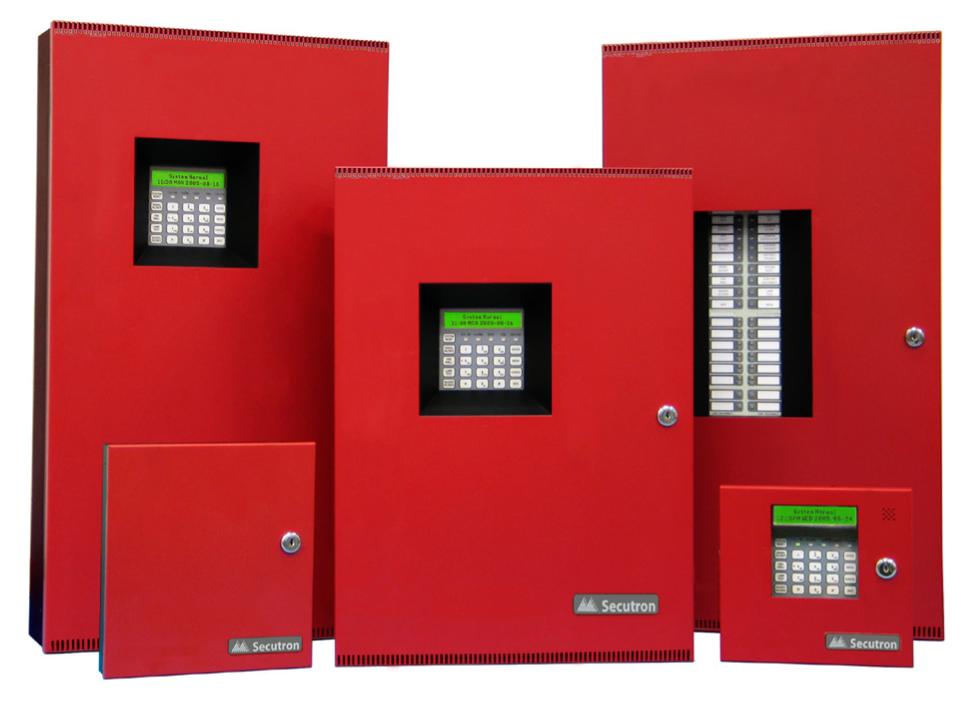General Overview
Over View
Over View :
Fire Alarm, Mass Notification & Evacuation Systems
Detection and alarm are considered as the first line of defense in a building post to ignition. Due to such significant importance, technologies are being continuously improved toward earlier fire detection as wells as interconnection of different types of detection and alarm. It`s noticeable that fire protection and security fields have grown closer together. There are no doubts that a fire alarm system can effectively reduce the loss of life and limit the loss in property. Codes such as NFPA72, National Fire Alarm Code and NFPA 70, National Electrical Code involve the necessary requirements that help a designer to specify, design and install as well as maintain a fire alarm system. The determination of the protection goals is essential when it comes to the selection of a fire alarm system. Those goals may include life safety, property safety and mission protection. Heritage preservation, environmental protection and fire-responder safety are also included in those goals. Property risk analysis is the designer tool to identify the protection goals. It includes the identification of the property`s most probable fire threats and the analyses of their impact on the property. A fire alarm system provides different types of signals. Those signals are either alarm, supervisory or trouble signals. The alarm signal is a warning of fire danger that require immediate action, while the supervisory signal is action needed in connection with the operation of other fire protection systems which are monitored by the fire alarm system. On the other hand, a trouble signal indicates a fault in monitored circuit or components of the fire alarm system or the disarrangement of the primary or secondary supply. The basic components of a fire alarm system are:
-
Fire Alarm Control Panel (FACP)
-
Primary power supply
-
Secondary power supply
-
One or more initiating devices
-
One or more fire alarm notification appliance circuits
A fire alarm system has three basic types of circuits:
1. Initiating Device Circuits (IDC)
2. Notification Appliance Circuits (NAC)
3. Signaling Line Circuits (SLC)
Initiating device circuits connect conventional (non-addressable) fire alarm and supervising initiating devices to the system control unit. Notification appliance circuits connect notification appliances (audible and visible) to the system control unit. The signaling line circuits are circuits over which two-way data communications take place. Different types of fire alarm systems are available based on system function. Those systems are:
-
Protected Premises System
-
Emergency Voice / Alarm Communication System
-
Central Station Fire Alarm System
-
Proprietary System
-
Remote Station System
-
Auxiliary System
A protected premises system main purpose is to activate local audible and visible alarm notification appliances to notify the occupants that they must evacuate the protected building. In properties such as high-rise buildings and large assembly occupancies an emergency voice / alarm communication system is used as it is necessary to relocate occupants to areas of refuge rather than evacuate them. Because most of casualties and fatalities during fire events in such facilities occur due to smoke and random escape. This system consists of speakers located throughout the building. They are connected to, and controlled from, the building fire command station. Alerts and Instruction can be received by individual speaker zone or the entire building from the building fire command station. This system may also include fire warden telephone stations for the purpose of reporting to local command station and to pass specific evacuation instructions. A mass notification system is either of standalone type or integrated with emergency voice / alarm communication system. 3D Graphical Software may be used to increase the efficiency of fire reporting and evacuation process management. The central station fire alarm system is usually provided for high value facilities. It is designed to receive signals from a protected premise at a constantly attended location operated by a company whose purpose is providing central station service. A proprietary system is similar to a central station system but with the supervising station owned and operated by the property owner and located at the protected premises or another location of the property owner. It is usually used in large facilities. The remote station fire alarm system is used to connects the outputs from a building fire alarm control unit and transmits them to a remote location. On the other hand, an auxiliary fire alarm system provides the interface between a protected premises fire alarm system and a public fire reporting system.
All previously discussed systems and components are provided by Bavaria to satisfy the customers' needs. Please check our products technical datasheets for more information or contact us.
Learn More
